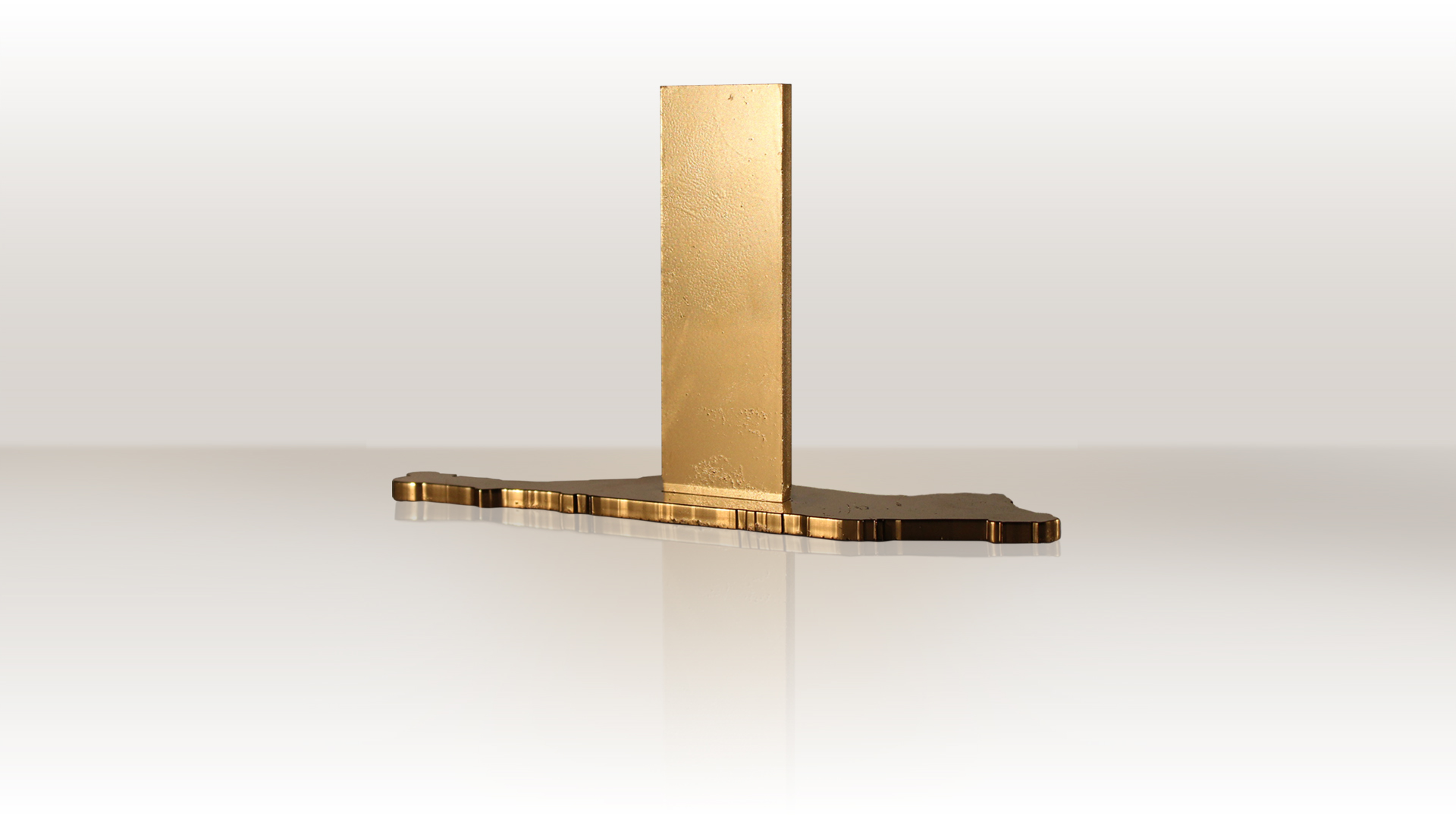The Manhattan of 2019 is unfathomably small. Conceived on a human scale and built mostly by human hand, the architecture all too often fails to de-familiarize familiar environments, divert expectations, or rearrange perception.
And although we’ve seen recent buildings reach record heights, successive floorplates is not the kind of big that we’re talking about.
The Super Manhattan Tower, rising 12 km in height on the footrprint of Central Park, is an attempt to render new consciousness. At first, it can’t be approached through current rational thinking. Design must begin in a dream [or nightmare] state because facing the project in real life produces a debilitating sense of dread.
There is resistance because of an implicit understanding that the designer will be completely dominated by the work, so she continues to move around it, unable to commit to the making. Finally the dream-state-making tilts into waking life and the work begins. Fear of failure of the completed project is not an issue because its construction is never complete.
The Storefront is located the base of the tower, the first 400 floors, and presents an accelerated notion of collection and exhibition. It is the nexus of consumption and collection.
The MET and its collection are fully absorbed in The Storefront, its objects re-created larger than life in this decolonized, post-kitsch future.
And although we’ve seen recent buildings reach record heights, successive floorplates is not the kind of big that we’re talking about.
The Super Manhattan Tower, rising 12 km in height on the footrprint of Central Park, is an attempt to render new consciousness. At first, it can’t be approached through current rational thinking. Design must begin in a dream [or nightmare] state because facing the project in real life produces a debilitating sense of dread.
There is resistance because of an implicit understanding that the designer will be completely dominated by the work, so she continues to move around it, unable to commit to the making. Finally the dream-state-making tilts into waking life and the work begins. Fear of failure of the completed project is not an issue because its construction is never complete.
The Storefront is located the base of the tower, the first 400 floors, and presents an accelerated notion of collection and exhibition. It is the nexus of consumption and collection.
The MET and its collection are fully absorbed in The Storefront, its objects re-created larger than life in this decolonized, post-kitsch future.
Super Manhattan Tower - The Storefront
GSAPP Sutdio ProjectCritic: Jimenez Lai



